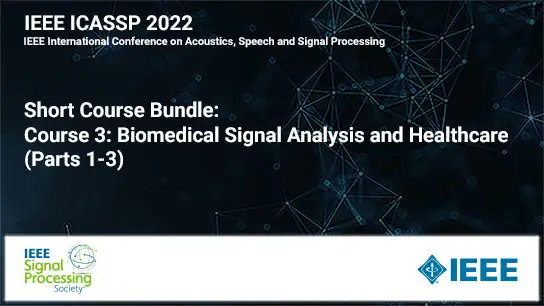Low-Dose Computed Tomography Reconstruction Without Learning Data: Performance Improvement By Exploiting Joint Correlation Between Adjacent Slices
Kyung-Su Kim, Chae Yeon Lim, Myung Jin Chung
-
Members: FreeSPS
IEEE Members: $11.00
Non-members: $15.00Length: 00:04:23
28 Mar 2022
A deep image prior (DIP)-based approach to reconstruct low-dose CT (LDCT) images without training data has high utility value as it effectively addresses overfitting of the training data and reduces the cost of data collection. However, the performance is not sufficiently high for clinical use. To further improve the performance, we propose a prior adaptation to simultaneously reconstruct multiple adjacent CT slices. This allows the network to implicitly learn spatial correlation information between slices, consequently improving performance. Using the noise independence of the inter-slice spatial information, we also effectively eliminated noise via inter-slice attention in the wavelet high-frequency region. We demonstrated that the proposed method improves the reconstruction performance of the SNR by more than 4 dB compared to the existing DIP method, verifying its validity.



